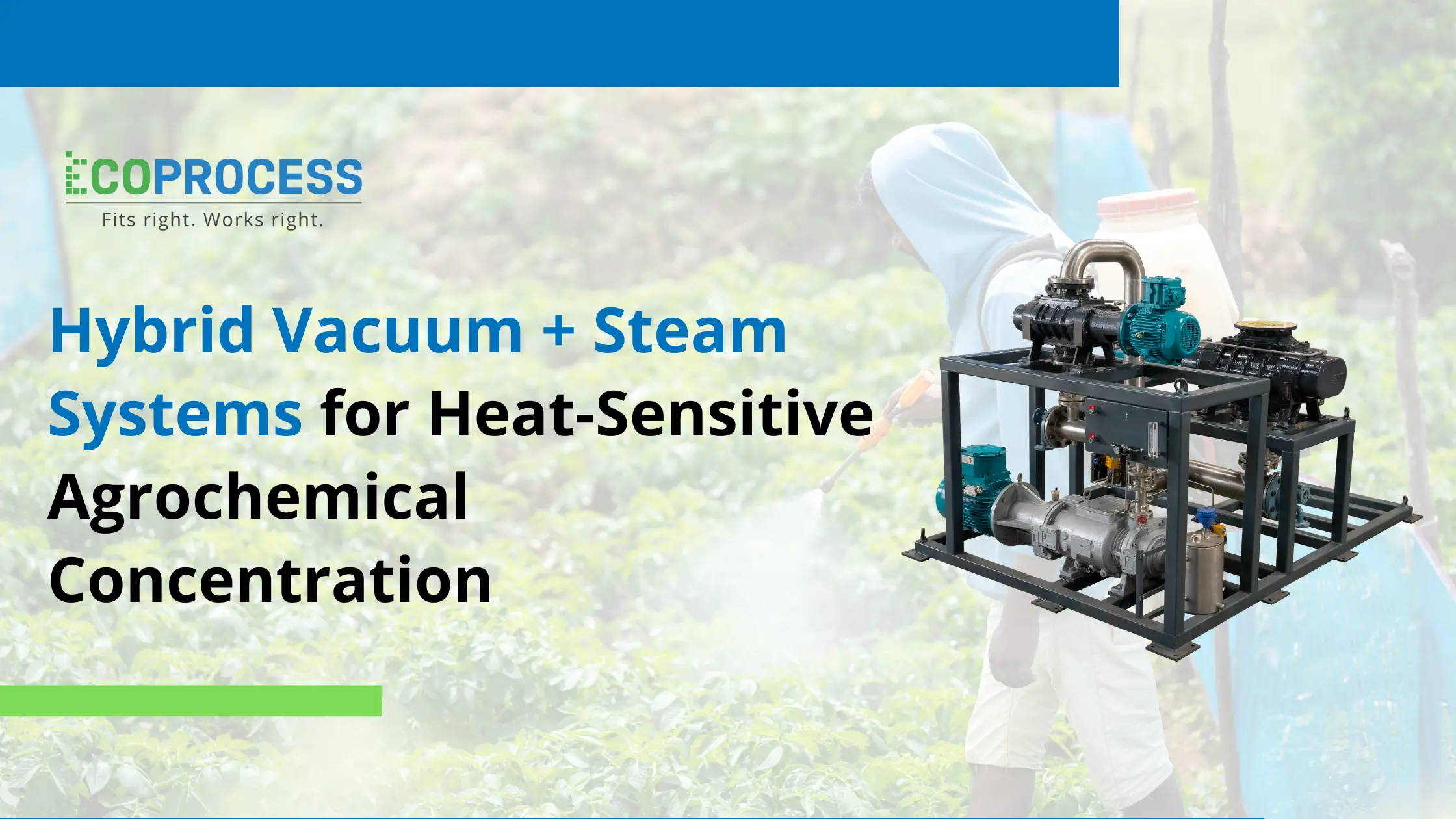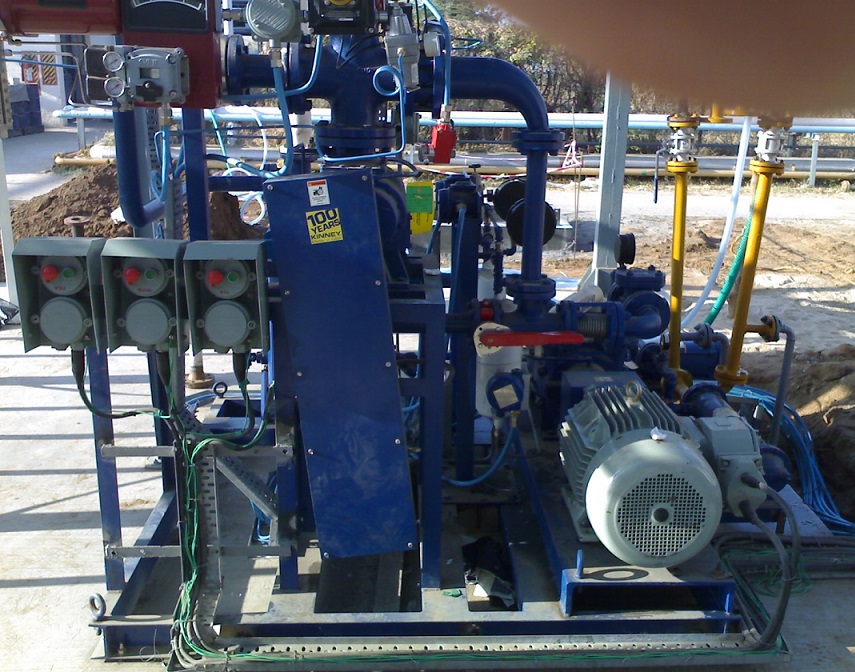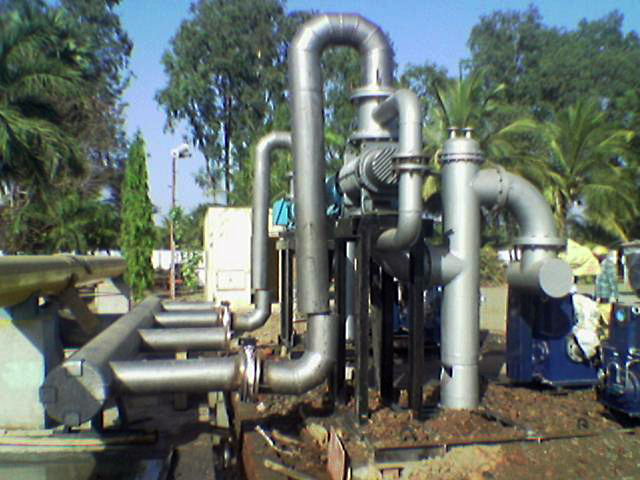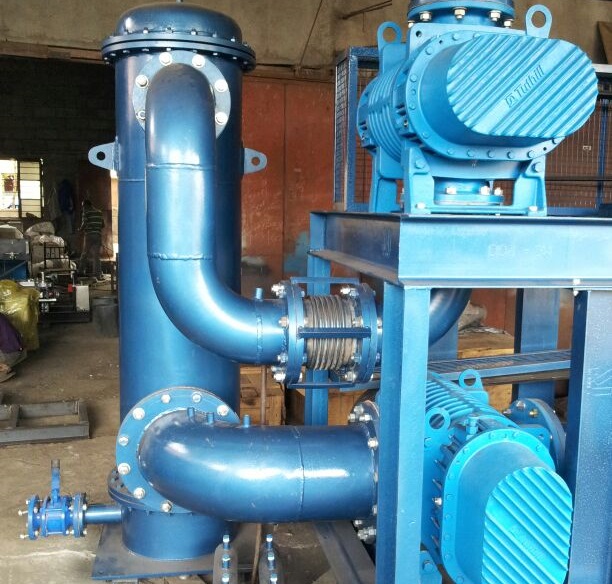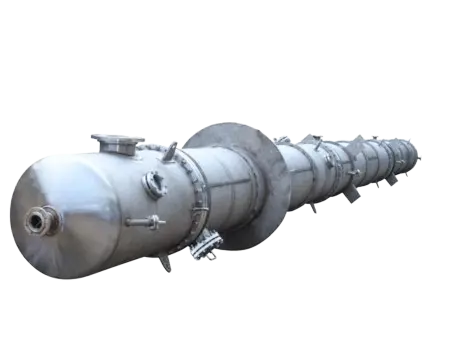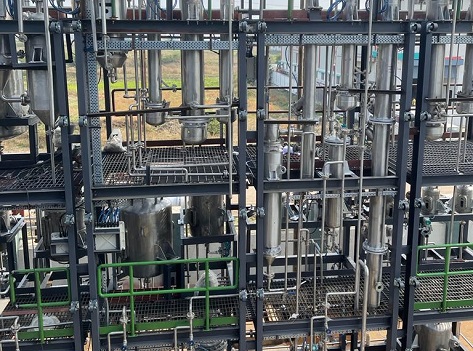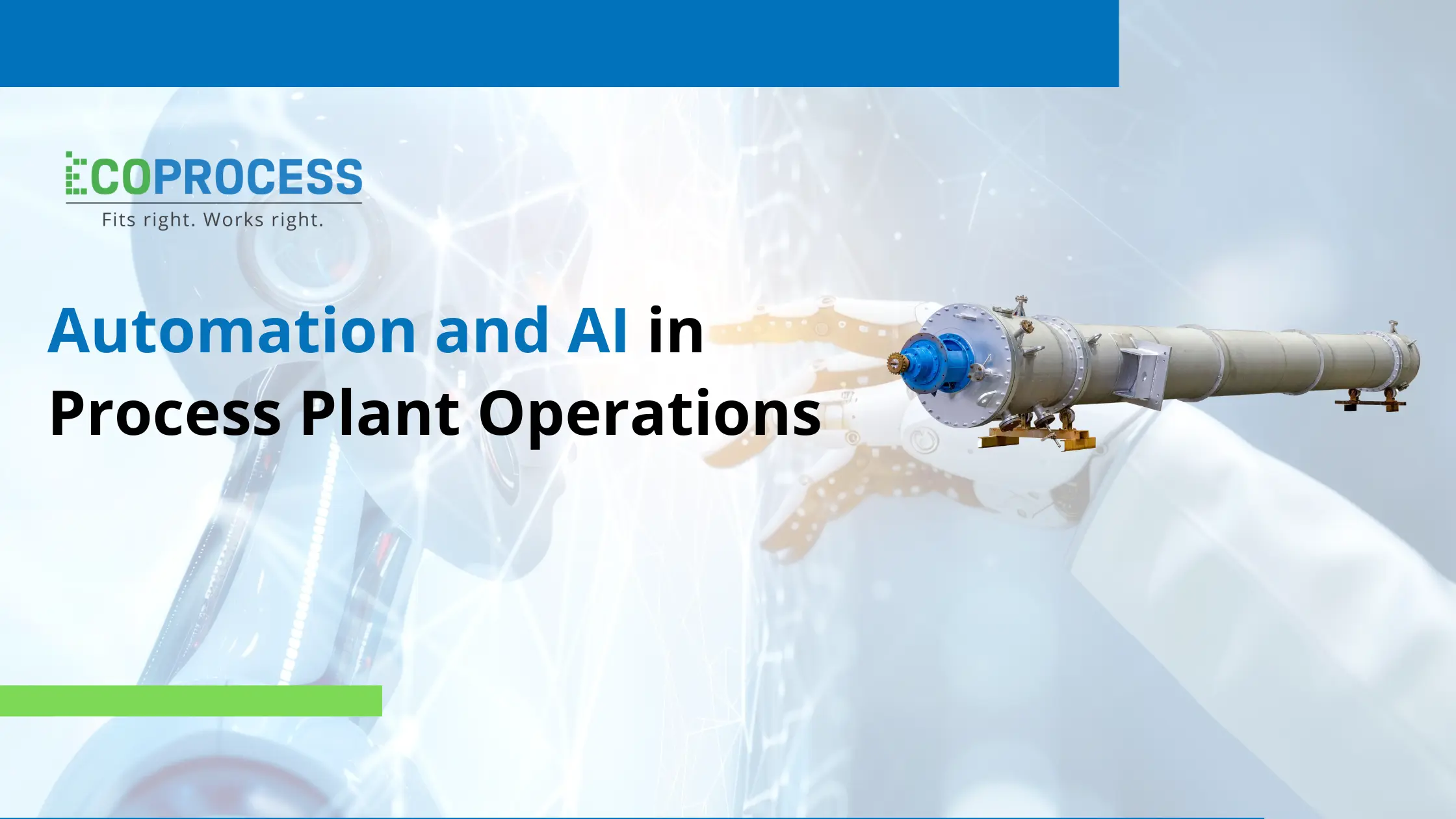
Automation and AI in Process Plant Operations
As process industries continue to scale, so does the complexity of their operations. Traditional automation still forms the backbone of most plants, but with the rise of artificial intelligence (AI) and advanced analytics, a new era of smarter, more responsive industrial systems is taking shape.
By blending automation with AI and real-time data insights, modern facilities are achieving something that once felt out of reach: higher efficiency, improved reliability, and safer, more cost-effective operations. In this article, we’ll look at how AI is reshaping process plants from predictive maintenance to safety systems and energy optimization.
Key Benefits of AI Integration
In modern process industries, artificial intelligence (AI) now works side by side with traditional automation systems from PLCs and SCADA to DCS networks. Automation still handles precise control and repeatability, but AI adds something new: adaptability. It learns from data, recognizes changing patterns, and keeps improving performance over time.
Here’s what that really means in practice:
Better decisions, faster.
AI models can sift through massive amounts of plant data far beyond what human operators could manually process, spotting subtle trends and early warnings before issues turn critical.
Smarter, smoother operations.
By tracking variables like flow, pressure, and temperature in real time, AI helps fine-tune performance for better yield and energy efficiency, sometimes making adjustments on the fly.
Keeping knowledge alive.
As experienced operators retire, AI platforms are helping preserve their expertise by learning from past operations and using that data to guide new teams toward consistent quality.
People and machines working together.
AI isn’t replacing human intuition, it's amplifying it. Think of it as a co-pilot, flagging anomalies, offering insights, and giving operators the context they need to make confident decisions.
When combined, automation and AI create a synergy that bridges the gap between control, optimization, and continuous learning making modern plants not just automated, but truly intelligent.
Predictive Maintenance Applications
Predictive maintenance (PdM) is one of the most practical and valuable applications of AI in process plants.
Traditional maintenance models run-to-failure or time-based scheduling can be inefficient and expensive. With AI-driven PdM, maintenance becomes data-driven and predictive.
Here’s how it works:
-
Real-time monitoring: Sensors on motors, pumps, and compressors collect vibration, pressure, and temperature data.
-
Machine-learning models: AI identifies subtle patterns or anomalies that signal wear or potential failure.
-
Early intervention: Teams can plan maintenance before breakdowns occur, avoiding unplanned downtime.
-
Cost reduction: Spare-part management and labor scheduling become more efficient.
Many industries, from chemicals and oil & gas to food processing and pharmaceuticals, report significant cost savings and uptime improvements from predictive-maintenance AI systems. Among all the ways artificial intelligence is reshaping process industries, predictive maintenance (PdM) stands out as one of the most practical and profitable applications.
Traditional maintenance models, like run-to-failure or rigid time-based schedules, often waste both money and resources. AI-driven PdM flips that model on its head by making maintenance proactive and data-driven.
Here’s what happens behind the scenes:
Real-time monitoring.
Sensors on pumps, compressors, and motors continuously track vibration, temperature, pressure, and other performance indicators.
Learning from data.
Machine-learning models analyze this stream of data, identifying small shifts or anomalies that might signal wear and tear long before a failure happens.
Fix before failure.
Armed with early warnings, maintenance teams can schedule repairs during planned downtime avoiding sudden breakdowns and production losses.
Saving money and time.
By optimizing spare-part use and maintenance schedules, plants cut costs and extend equipment life.
Across industries from oil and gas to chemicals, food processing, and pharmaceuticals companies using AI-based predictive maintenance are reporting major gains in uptime, reliability, and operational efficiency.
Safety and Efficiency Improvements
When combined, AI and automation are helping process plants become not just more efficient but safer, too. Together, they create systems that can sense, think, and respond faster than ever before.
Safety Enhancements
Spotting risks before they happen.
AI continuously scans sensor data for unusual readings pressure spikes, leaks, or flow deviations and sends real-time alerts so teams can act before problems escalate.
Cutting down on human error.
Automated control and smart handover systems reduce the chance of mistakes caused by fatigue or manual oversight, keeping operations steady and secure.
Predictive safety analytics.
By studying historical incident data, machine-learning models can flag patterns that often precede accidents, allowing preventive action instead of reactive fixes.
Efficiency Gains
Smarter energy use.
AI algorithms automatically fine-tune process variables to minimize energy consumption while maintaining product quality, a major step toward sustainable operations.
Less waste, more consistency.
Continuous optimization helps reduce off-spec batches and improve yield uniformity, which directly cuts both material waste and rework.
Faster, better decisions.
With AI-powered dashboards and digital twins, operators can visualize performance in real time, diagnosing issues and planning adjustments in minutes instead of hours.
Conclusion
Automation and AI are transforming how process plants operate making them more intelligent, efficient, and resilient. What once relied purely on manual control or routine automation is now driven by data, insight, and adaptability.
From predictive maintenance to real-time optimization, the integration of AI with advanced control systems is already delivering measurable results: lower energy use, higher uptime, and safer working environments.
As industries move deeper into Industry 4.0 and beyond, AI integration won’t just be a competitive advantage it will be a necessity. Plants that invest early in these technologies are setting the foundation for long-term efficiency, innovation, and sustainability.
In short, the future of process operations will belong to those who combine human expertise with intelligent automation turning data into decisions, and decisions into lasting progress.
Frequently Asked Questions (FAQs)
1. What is AI’s role in process plants?
AI takes automation a step further by learning from operational data. It predicts potential failures, fine-tunes system performance, and supports operators with real-time insights leading to safer, more efficient, and more reliable plant operations.
2. What processes can be automated or enhanced with AI?
AI can be integrated across a wide range of processes from mixing, heating, and distillation to energy management, quality control, and even logistics. In essence, any process that generates consistent data can be optimized with AI.
3. How does AI improve plant safety?
AI-powered monitoring detects irregularities faster than traditional systems. By spotting pressure spikes, leaks, or equipment strain early, it helps prevent accidents and ensures safer working conditions for operators.
4. Are there cost savings from AI and automation?
Absolutely. AI-driven optimization reduces downtime, cuts energy use, and extends equipment life. Many plants report operational cost savings of 10–20% after integrating AI with existing automation systems.
5. What’s the future of AI in process industries?
The next phase is the rise of self-optimizing plants systems that learn continuously, simulate outcomes through digital twins, and make autonomous adjustments. Over time, AI will evolve from being a supporting tool to becoming a core layer within every control system.

